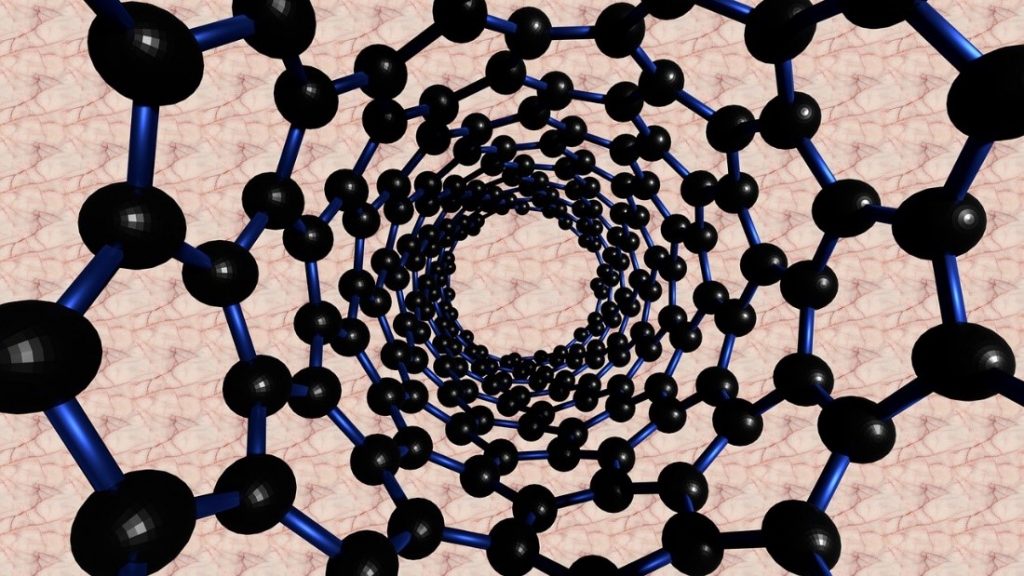Nanotechnology has a broad spectre of applications, including sensors, pharmaceutical and drug products, aerospace industry and many more. It is not yet widely used in the food area, but also here nanotechnology is predicted to have an important impact. Areas that could potentially benefit from nanotechnology are agriculture, food packaging, supplements and processing.
“Nano” is a unit prefix, so a nanometre means 10-9 metre, or one billionth metre. It is often used to indicate something very small, even down to the atomic and molecular level. Materials of this size often behave differently than those at a larger scale. All foods contain nanostructures, for example particles in powdered ingredients, or due to processing such as emulsification. Nanotechnology enables control over these structures and allows improvement in product properties.
Food packaging is one area that has already showed great benefit from nanotechnology. Some active packages, like NanoPack, have been developed with nanotechnology and work to slow down oxidation, moisture changes or microbial growth to increase the shelf-life of the packaged food product. This is beneficial as less food will go to waste. In addition to active packaging, intelligent packaging is an area that has also had great benefit from nanotechnology. This kind of packaging is able to communicate to the consumer when the packaged product is deteriorated or not safe to eat anymore, for example through colour coded sensors that can tell you how long a package has been open.
There are some concerns about nanoparticles and the potential harmfulness of their unknown properties. Since the properties of a material at nanoscale differ from the same material at a larger scale, regulatory control must be put in place to make sure that using these nanomaterials is safe before they are put on the market. European regulators are discussing whether they should be classified under novel foods or new additives for food and/or food packages. Regulation is also being put in place to inform consumers of the presence of nanomaterials, but an exact definition needs to be agreed upon for the labelling to be useful. In order to get a nanotechnology-based food packaging approved for use in the EU, the producers will need to show that the nanoparticles do not migrate into the food.
The whole article from the Institute of Food Science+Technology can be read here: https://www.ifst.org/resources/information-statements/nanotechnology.

